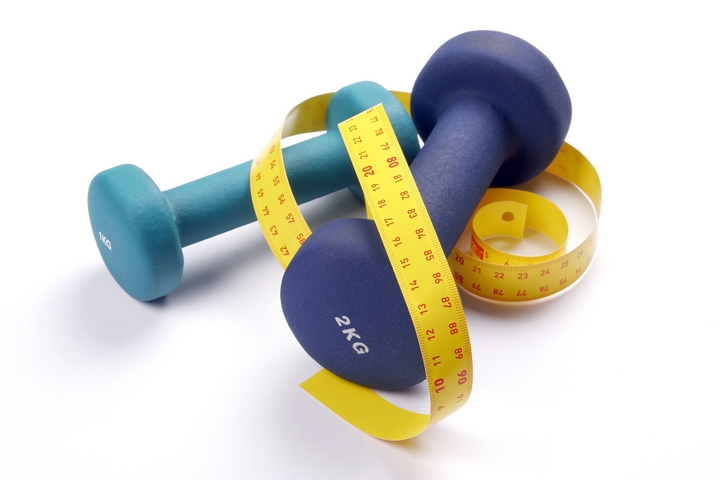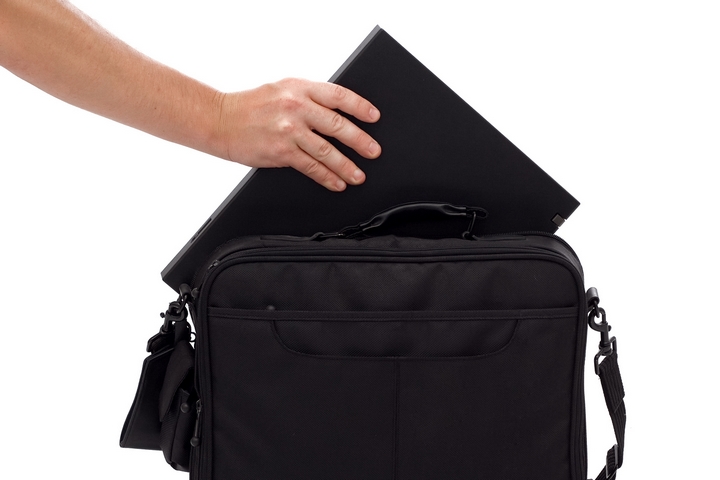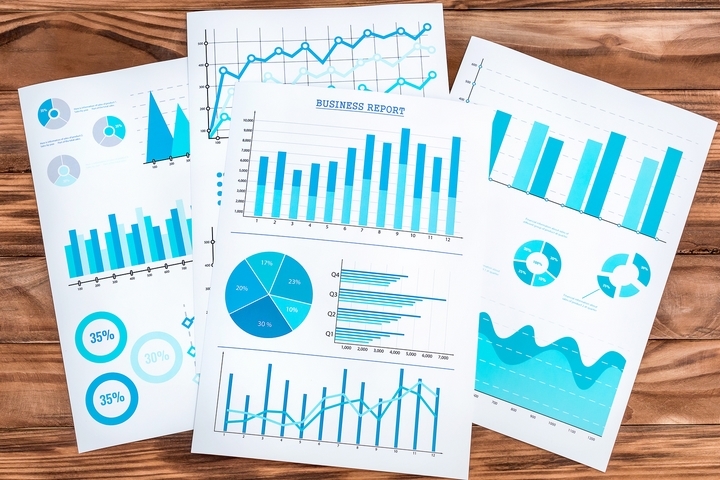
For first-time applicants, the SR&ED program can seem complicated. Certain work qualifies while other work does not. It’s an extensive process filling out the application, organizing support documents, and doing the math. Of course, anything you are eligible for through the Scientific Research and Experimental Development program, you won’t want to miss applying.
Canada’s SR&ED tax credit program was first established in 1985. It is an R&D funding program, specifically targeting parties who conduct research and development in Canada. Since its inception, it’s given thousands of businesses billions of dollars in funding to support Canadian innovation, growth, and competitiveness.
For newcomers to the SR&ED tax incentive program, it’s easy to make mistakes. This SR&ED guide for beginners will hopefully help clarify the basics of what is required to obtain this funding.
What is SR&ED?
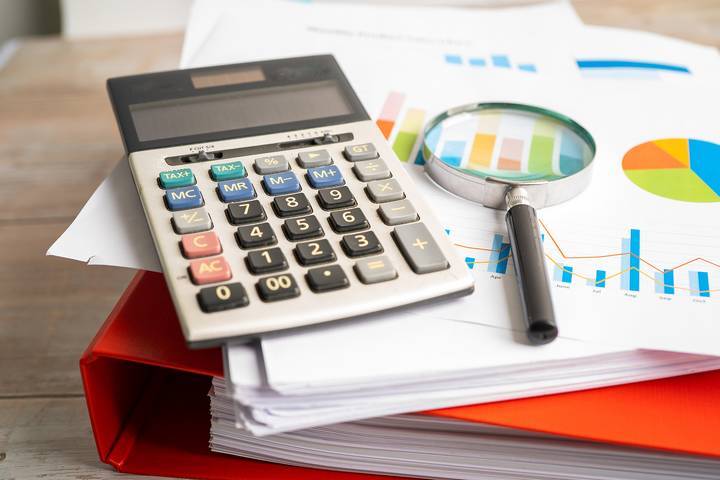
SR&ED funding comes in three forms: a tax refund, an income tax deduction, or an investment tax credit.
An argument can be made for each of the three types above of SR&ED funding. An ITC will reduce your income tax payable, which is very advantageous. If you are paying fewer taxes than the value of your tax credit, this comes in the form of a refund.
Another option is to pool SR&ED expenses and deduct them against future income. Unused ITCs can also be carried back up to three years. There are several ways to use SR&ED tax incentives.
Who qualifies for SR&ED funding?

The SR&ED program predominantly prioritizes supporting Canadian-controlled private corporations or small businesses. Proprietorships, trusts, partnerships, and publicly listed companies can also apply.
Foreign-owned corporations can apply. However, all SR&ED work must be conducted in Canada and carried out under the guise of gaining new knowledge in either science or technology.
Lots of projects have qualified for SR&ED tax incentives. Designing a new product. Developing a new work process. Basic or applied research. Any work done on creating or improving a product, device, process, or material is usually eligible.
Any engineering, design, computer programming, data collection, testing, mathematical analysis, or operations research can qualify under SR&ED criteria.
What does not qualify under SR&ED?

It’s not uncommon for a project to have components that are SR&ED and others that aren’t. Applying for SR&ED, one must separate what qualifies and what doesn’t. A lot doesn’t, including market research, sales promotion, or social sciences and humanities research.
In addition, SR&ED excludes routine data collection, quality control or routine testing, and commercial production or improvement of a product or process. Finally, the program does not account for prospecting, exploring, or drilling for minerals, petroleum, or gas.
SR&ED does not financially support the commercialization of any product or process. It is a program focused on supporting work done to achieve scientific or technological advancement. This isn’t to say that you can’t develop a product or process and market it, but expenses associated with commercialization are not covered in any way under the SR&ED program.
What expenses qualify under SR&ED?

After establishing that your project, or components, qualify under SR&ED criteria, the next step is understanding how expenses are covered. Salaries and wages, materials, subcontracting fees, and overhead can all be covered to varying degrees under SR&ED.
How much is the SR&ED tax credit?
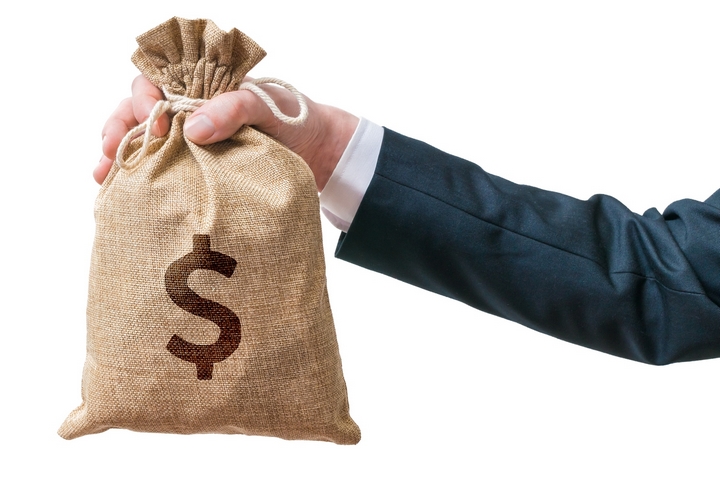
How the SR&ED tax credit is calculated depends on the type of business you are operating. A Canadian-controlled private corporation receives up to 35% in qualifying expenses up to $3 million, lowering to 15% on all expenses over $3 million.
If you’re an individual or trust, the tax credit rate is 15% on all eligible SR&ED expenses. There is no dollar amount limit on how much you can receive through the SR&ED tax incentive program.
How to apply for SR&ED

An SR&ED application and your annual income tax forms are filed with the CRA. A claim is submitted to the CRA, who then decides on funding. Supporting documentation must also be submitted, including financial statements, records, receipts, and contracts.
Extensive detail must be given on why your claim qualifies. If this is your first time applying for SR&ED, you may want to contact an SR&ED consultant to help you advance your first claim.
When will I receive the SR&ED tax credit?

After you submit an SR&ED application, the CRA aims to process and accept refundable claims within 60 calendar days of receipt. If your claim is selected for review, this review will be completed within 180 calendar days of the date of receipt.
These processing times are longer when the SR&ED claim is incomplete, making it very important to ensure everything is filled out correctly and completely.
Is SR&ED taxable income?

Yes, an SR&ED investment tax credit refund is considered income earned the year after it is received. The amount claimed must be included in a taxpayer’s T2 and Schedule 1. If it’s not properly inputted, it will likely be flagged by the CRA.







